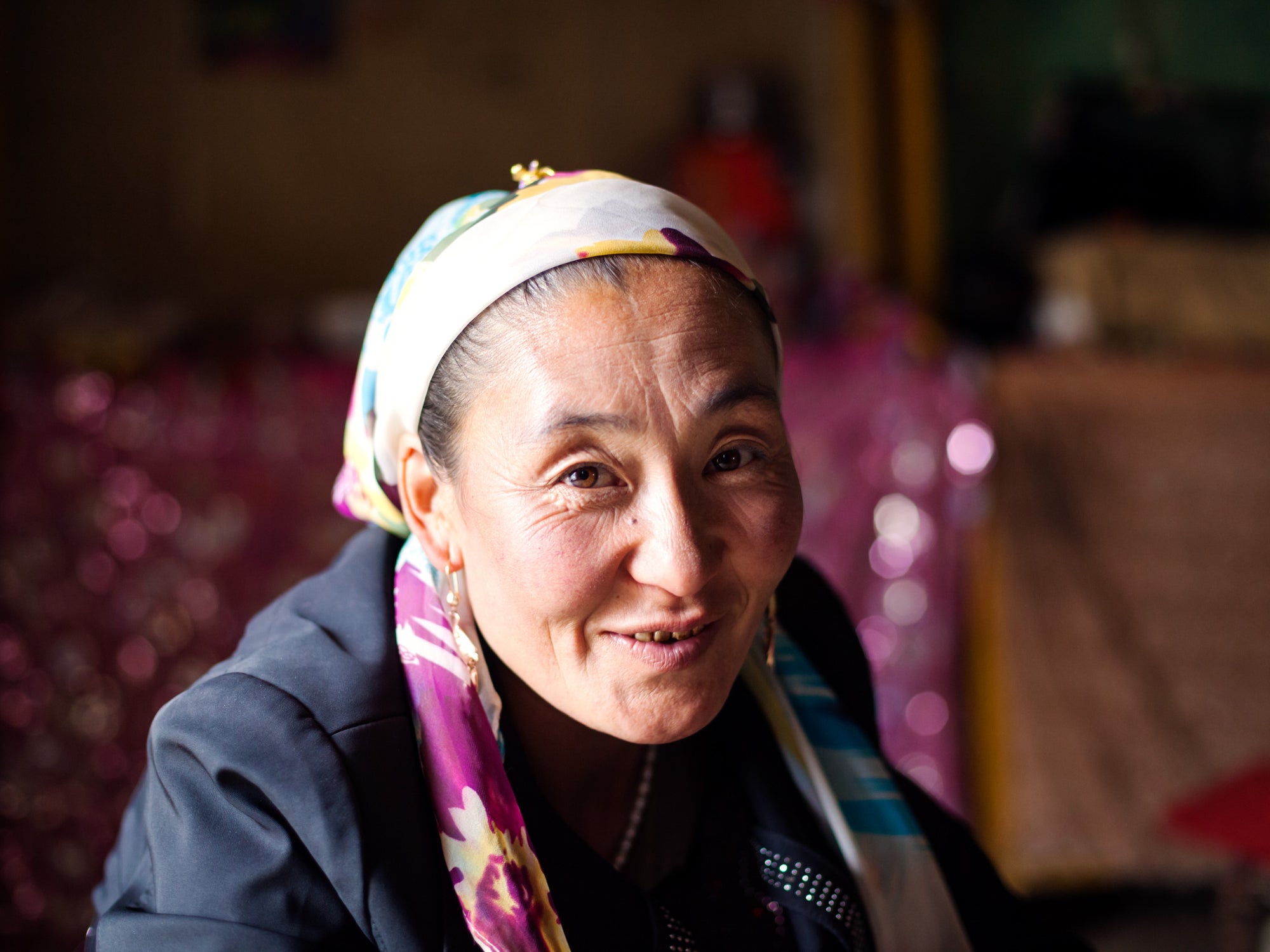To help manufacturers gain deeper visibility into the human trafficking and slavery risk in their supply chain, the Social Responsibility Alliance (SRA) has released the updated Slavery and Trafficking Risk Template (STRT) 3.1.
The STRT is a free, globally-recognized template that enables manufacturers to survey their supply chains for forced labor risks, including slavery and child labor, using a standardized questionnaire designed by human rights experts. Identifying human rights risks in their supply chain is paramount for any organization with supply chain sustainability requirements or environmental, social, and governance (ESG) goals.
Supply Chain Sustainability with STRT 3.1
Manufacturers can use the STRT to improve the resilience and durability of their supply chains to identify and address the risks of human trafficking, slavery, and child labor as part of a supply chain sustainability management and human rights program. There are numerous benefits to using this standardized template versus an in-house approach, including improved trust from investors and regulators due to the third-party scrutiny the template undergoes from global experts, and a reduction in supplier survey fatigue which improves overall engagement.
By using the STRT, manufacturers are better able to protect U.S. market access by providing traceability into high-risk source countries and their own materials, as well as reducing the risk of disruptions or fines related to forced labor.
What’s Different in STRT 3.1?
STRT 3.1 has been updated to address contemporary considerations about forced labor and child labor, particularly regulatory concerns associated with the Uyghur Forced Labor Prevention Act (UFLPA), the German Supply Chain Due Diligence Act (SCDDA), the Norwegian Transparency Act, and the Swiss Child Labor Due Diligence Ordinance .
In particular, STRT 3.1 provides new scoping filters — Goods, Topics, and Regulation — so that manufacturers can match their surveys with the focus of their compliance efforts. Manufacturers can now specify:
- Which types of goods need sourcing and due diligence data, such as polysilicon
- Whether suppliers need to provide data for slavery, child labor, or both
- Screening against all forced labor regulations (including those sanctioning the XUAR region) or not
This last scoping filter is especially important because of China’s new Anti-Foreign Sanctions Law, which can pose risks to businesses that have a physical presence in China or meaningful Chinese end markets. STRT 3.1’s new dynamic survey format allows manufacturers to avoid making explicit reference to the U.S. Uyghur Forced Labor Act (UFLPA) and XUAR in their due diligence surveys while still surveying for forced labor risks.
Manufacturers who choose to limit the scope of their human trafficking and slavery questions with the STRT 3.1 will want to supplement their human rights compliance program with an indirect monitoring solution that can provide deeper insights into forced labor risks by detecting sanctioned entities and entities known to be using forced labor.
How Do You Use STRT 3.1?
STRT is a free downloadable Excel file, with dropdown options to allow manufacturers to select the scope of questions and send it to their suppliers to complete the required fields. Suppliers complete the STRT 3.1 survey and send the data back to the manufacturer for assessment.
Many manufacturers choose to improve STRT data collection and analysis using a third-party solution to detect red flags, and to roll up the risk findings into dashboards and reports. For example, Assent’s Supply Chain Sustainability platform includes a Human Trafficking and Slavery solution that combines the STRT with supplier engagement support and ESG tools to gain deeper insights into your supply chain sustainability risks and action items.
To download STRT 3.1 and learn more about Assent’s Human Trafficking and Slavery solution, click here.









